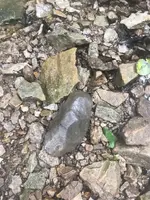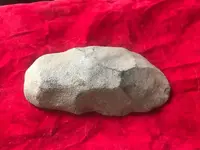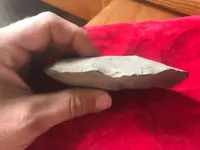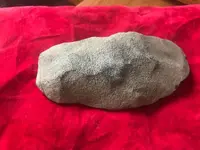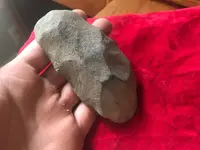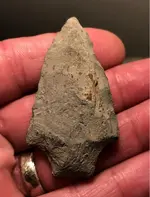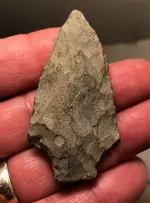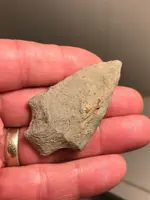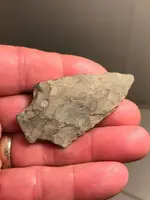Older The Better
Silver Member
- Joined
- Apr 24, 2017
- Messages
- 3,658
- Reaction score
- 7,525
- Golden Thread
- 0
- Location
- south east kansas
- Detector(s) used
- Whites Eagle Spectrum
- Primary Interest:
- All Treasure Hunting
Last edited:
Upvote
0

